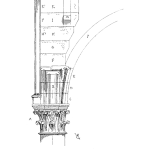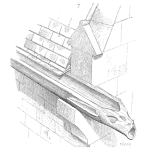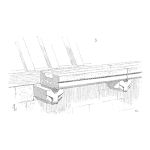
In this video, I share how Reliability Centered Maintenance (RCM) helps break the cycle of reactive mode by identifying plausible Failure Modes. I’ll explain the four criteria used for listing Failure Modes in an RCM analysis and how this proactive approach helps prevent unexpected downtime. Plus, stick around for a progress update on our building project!
[Read more…]











